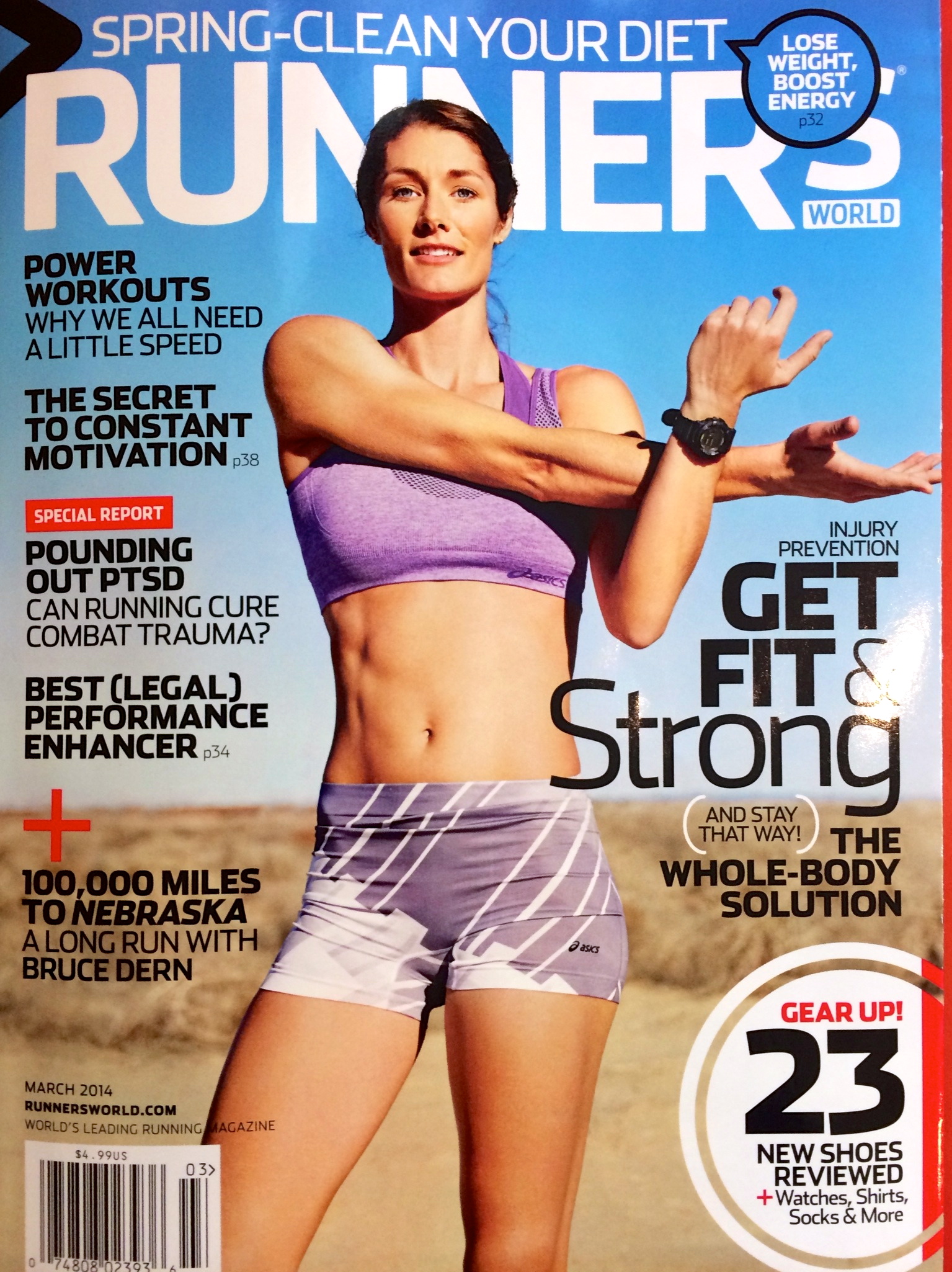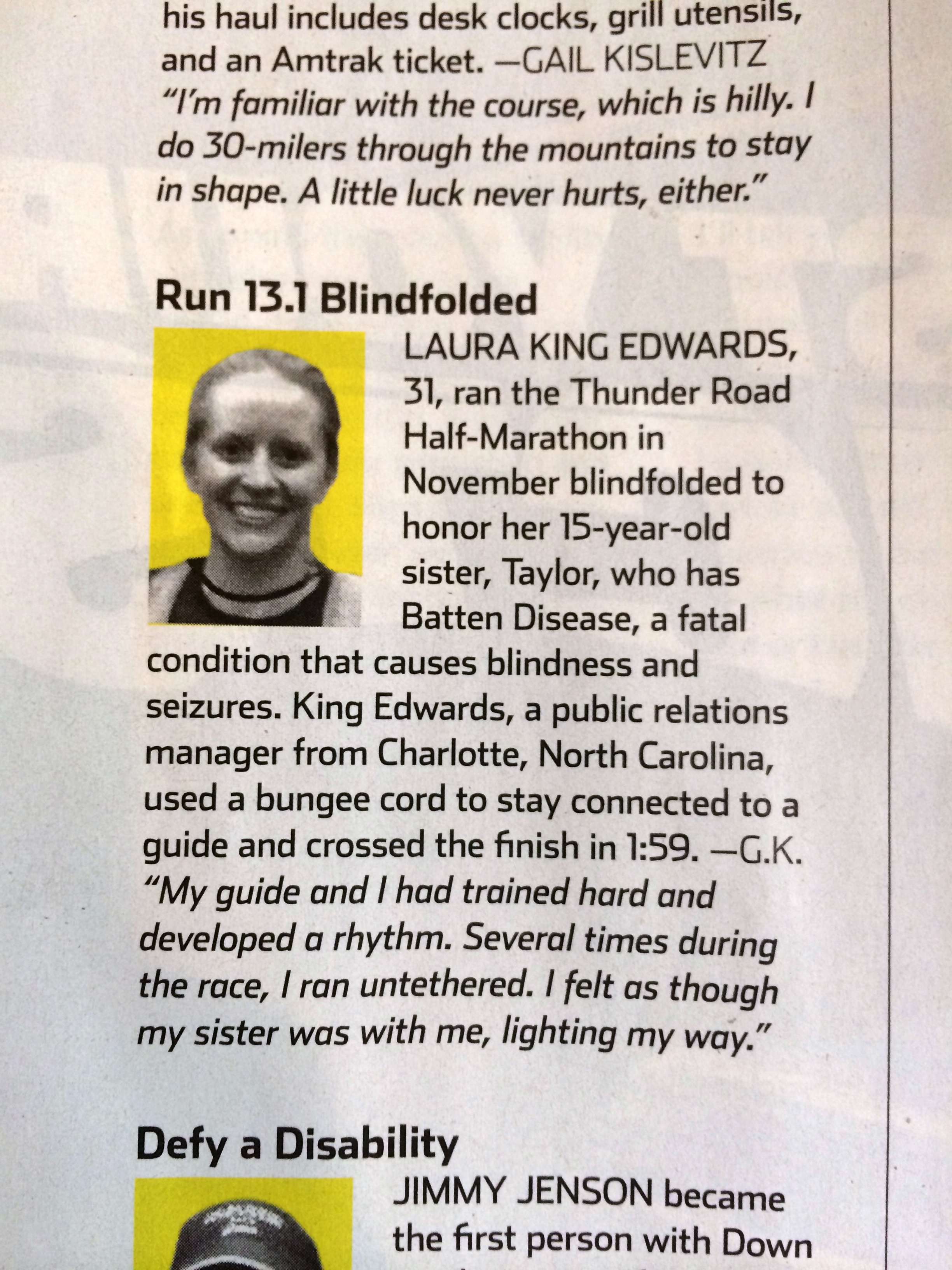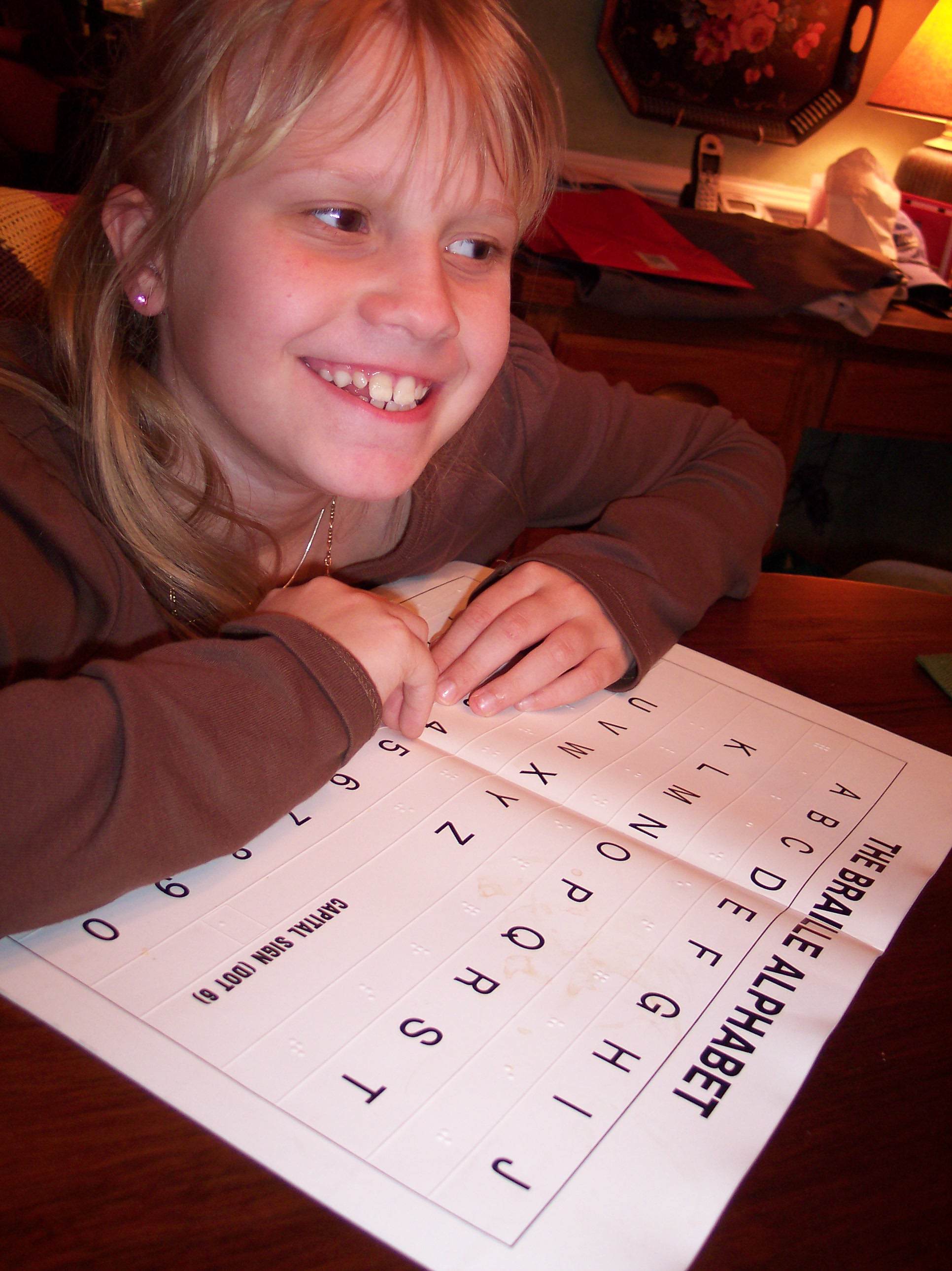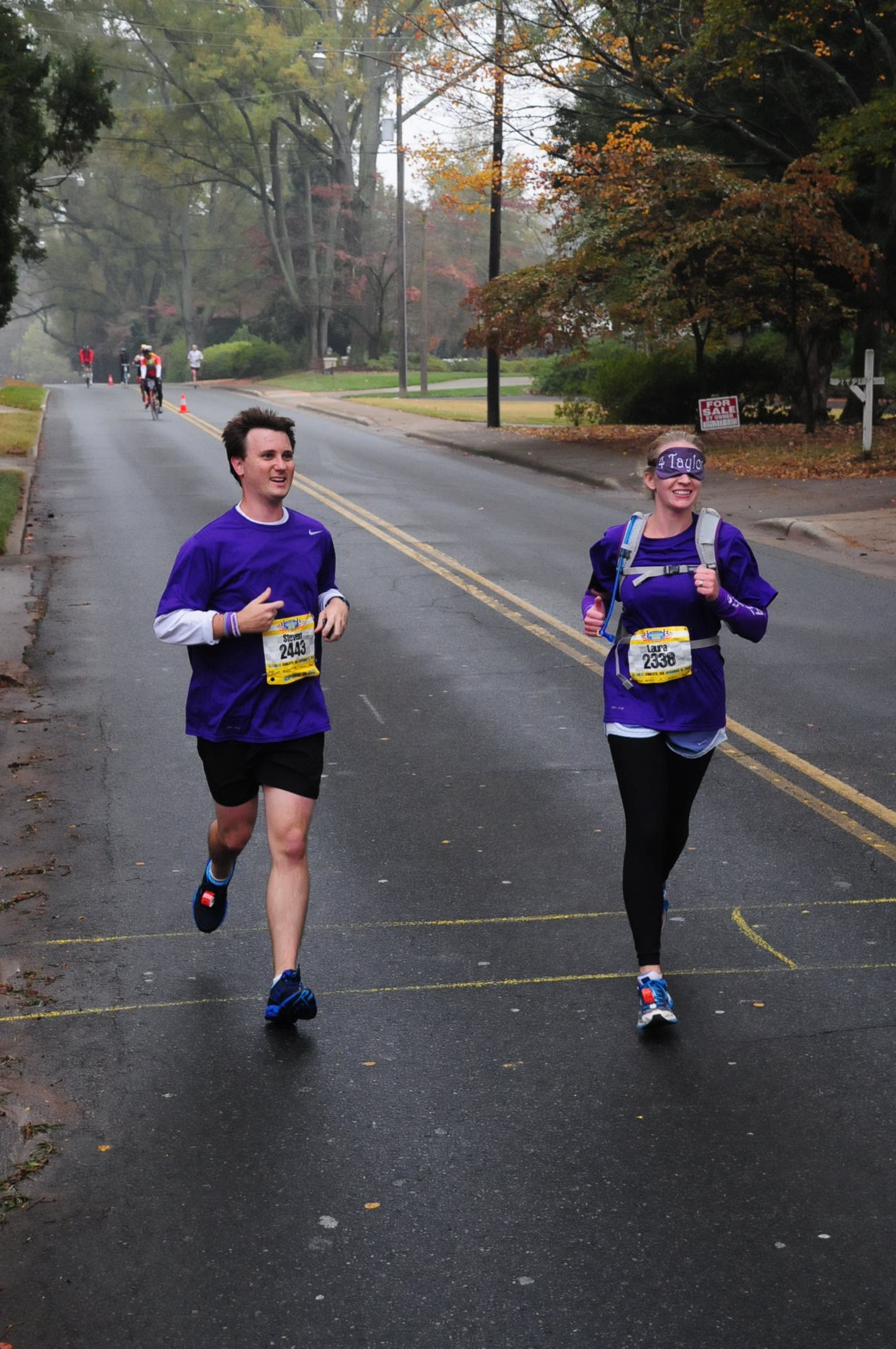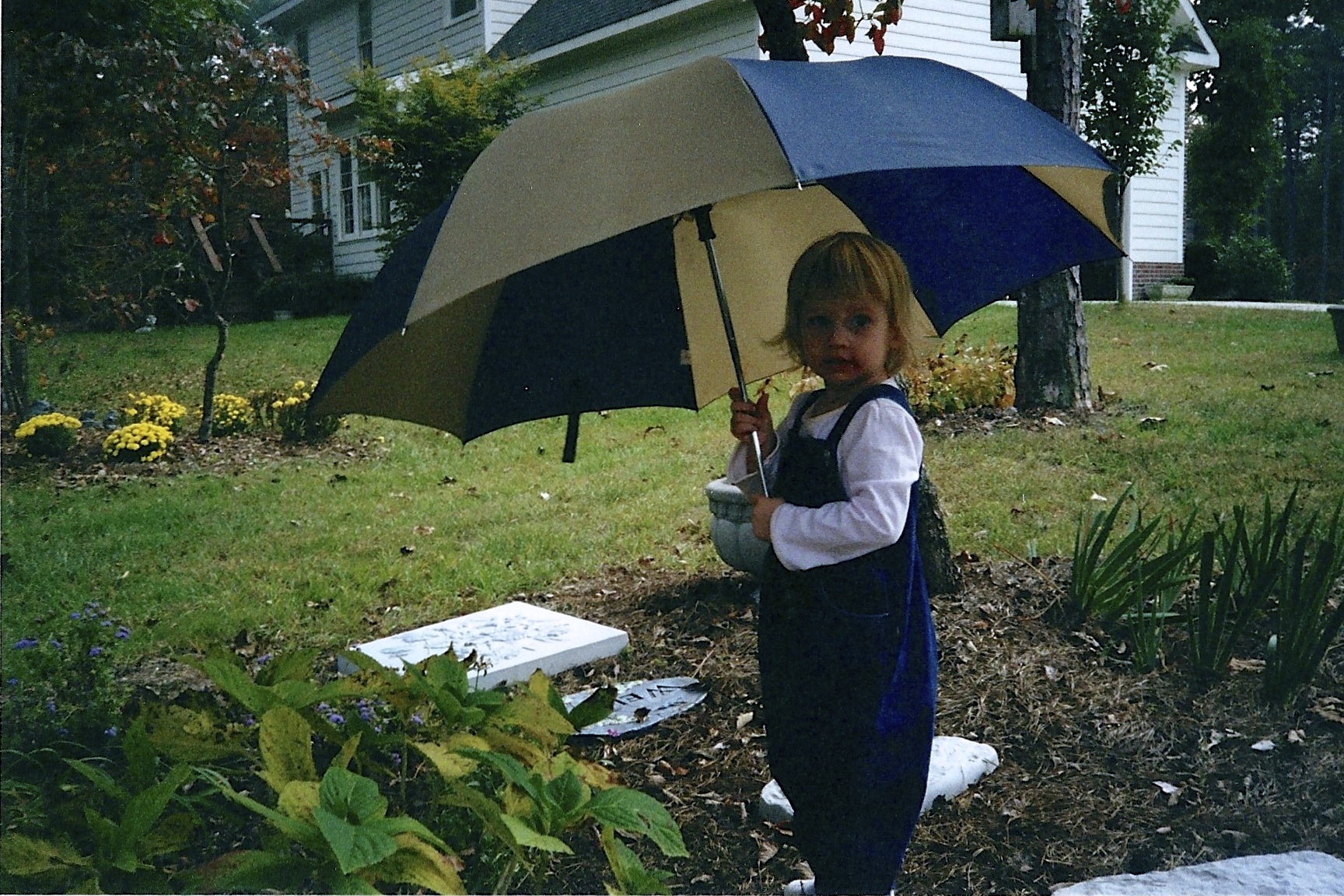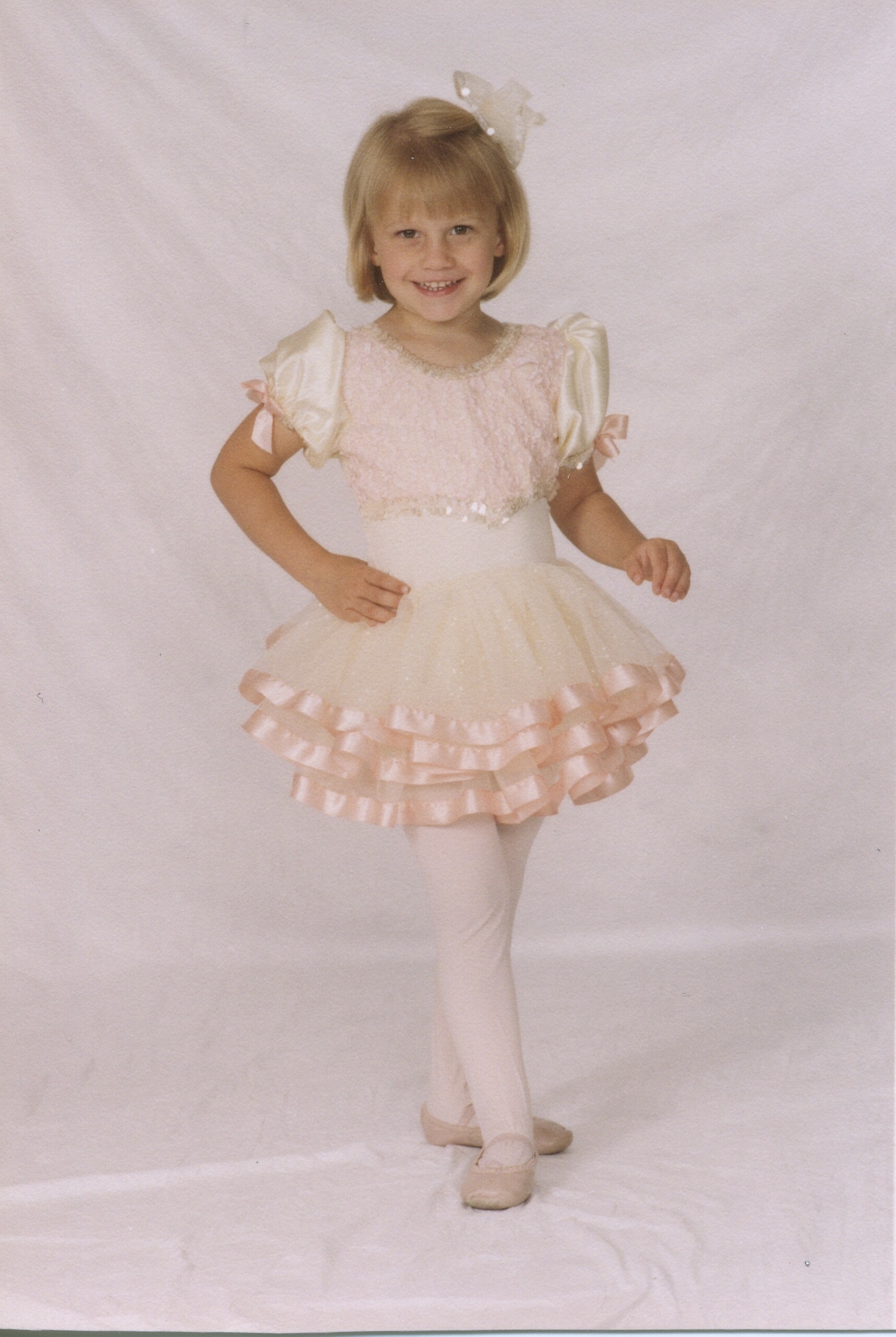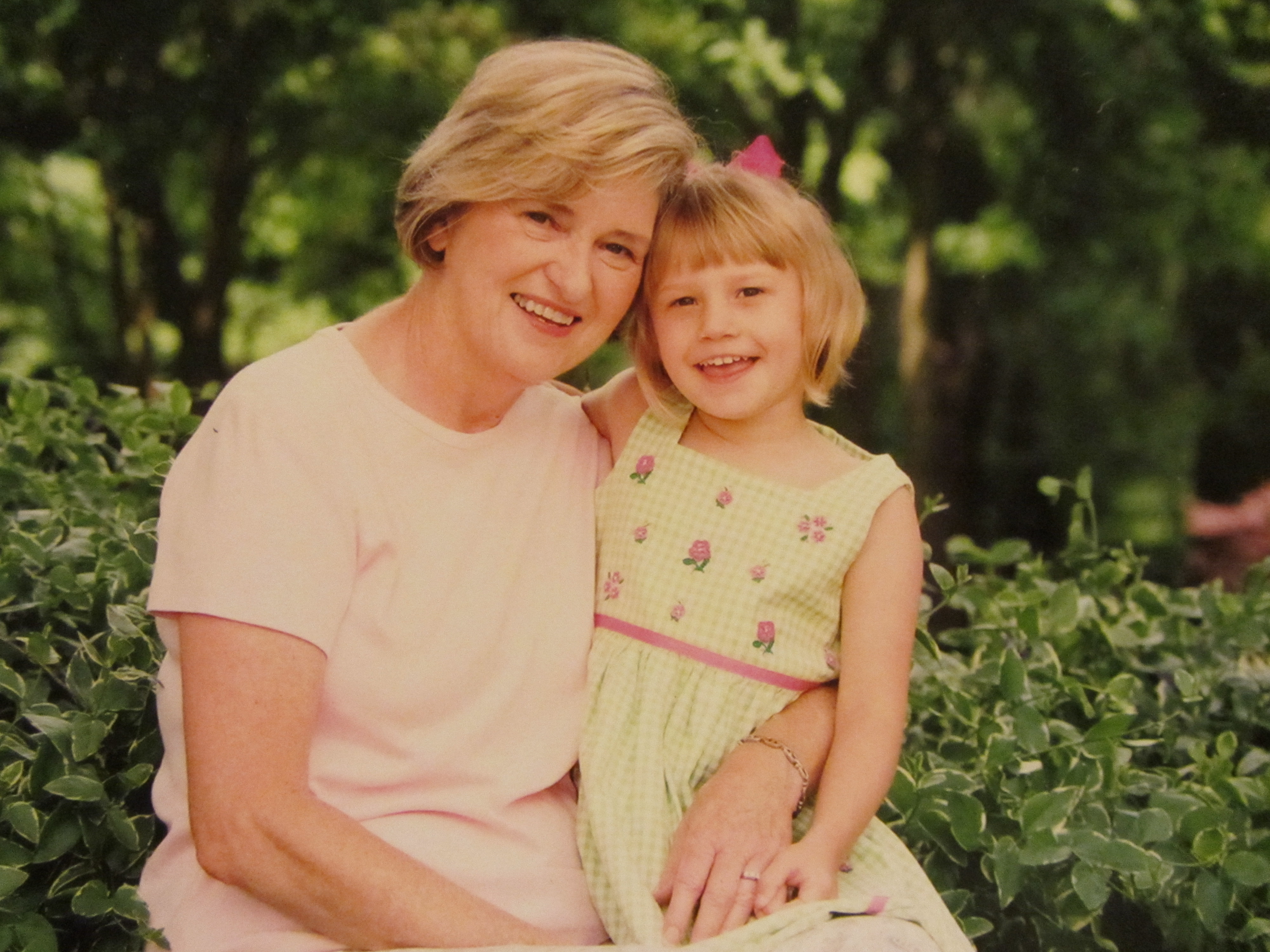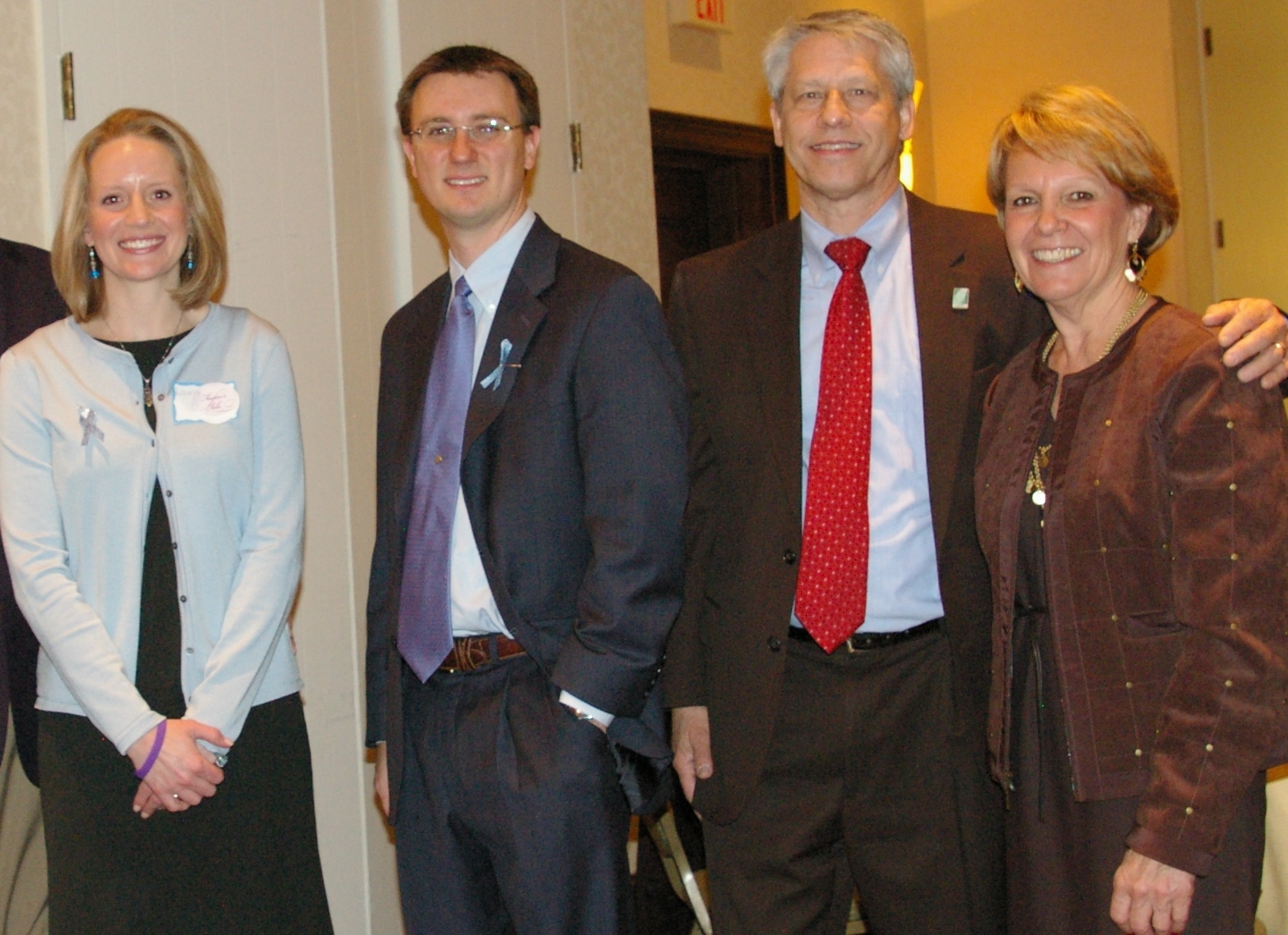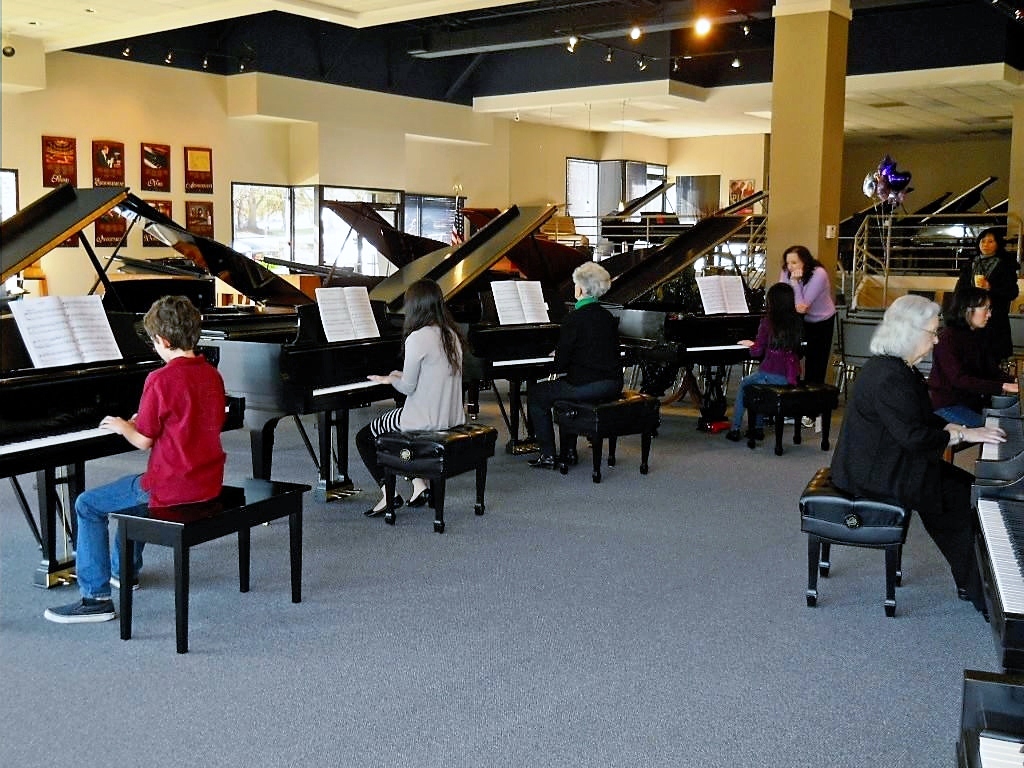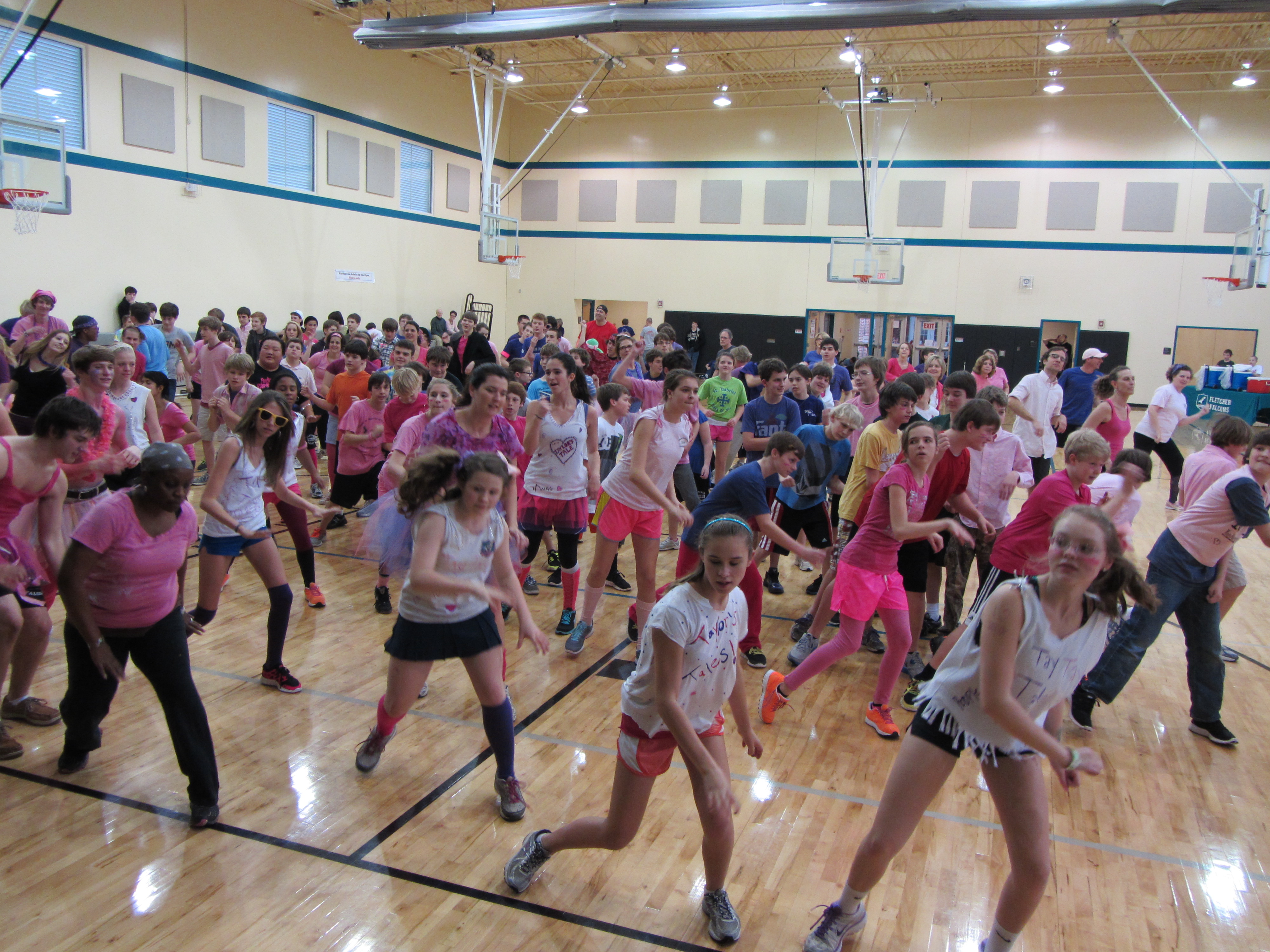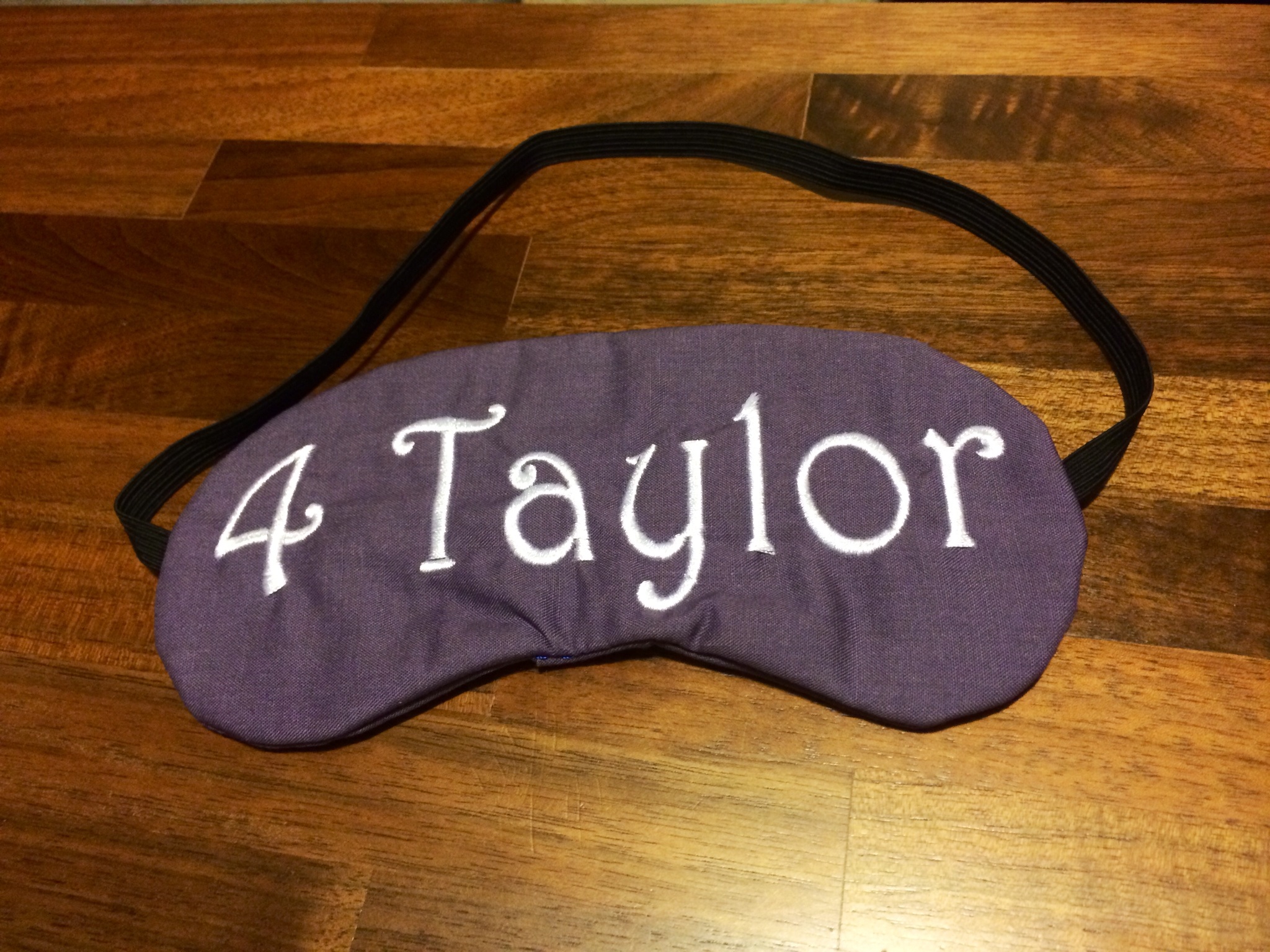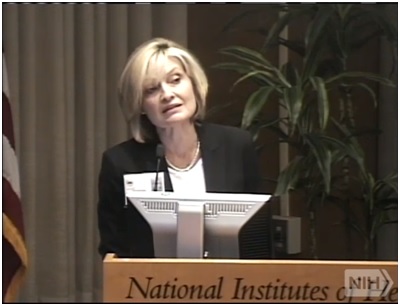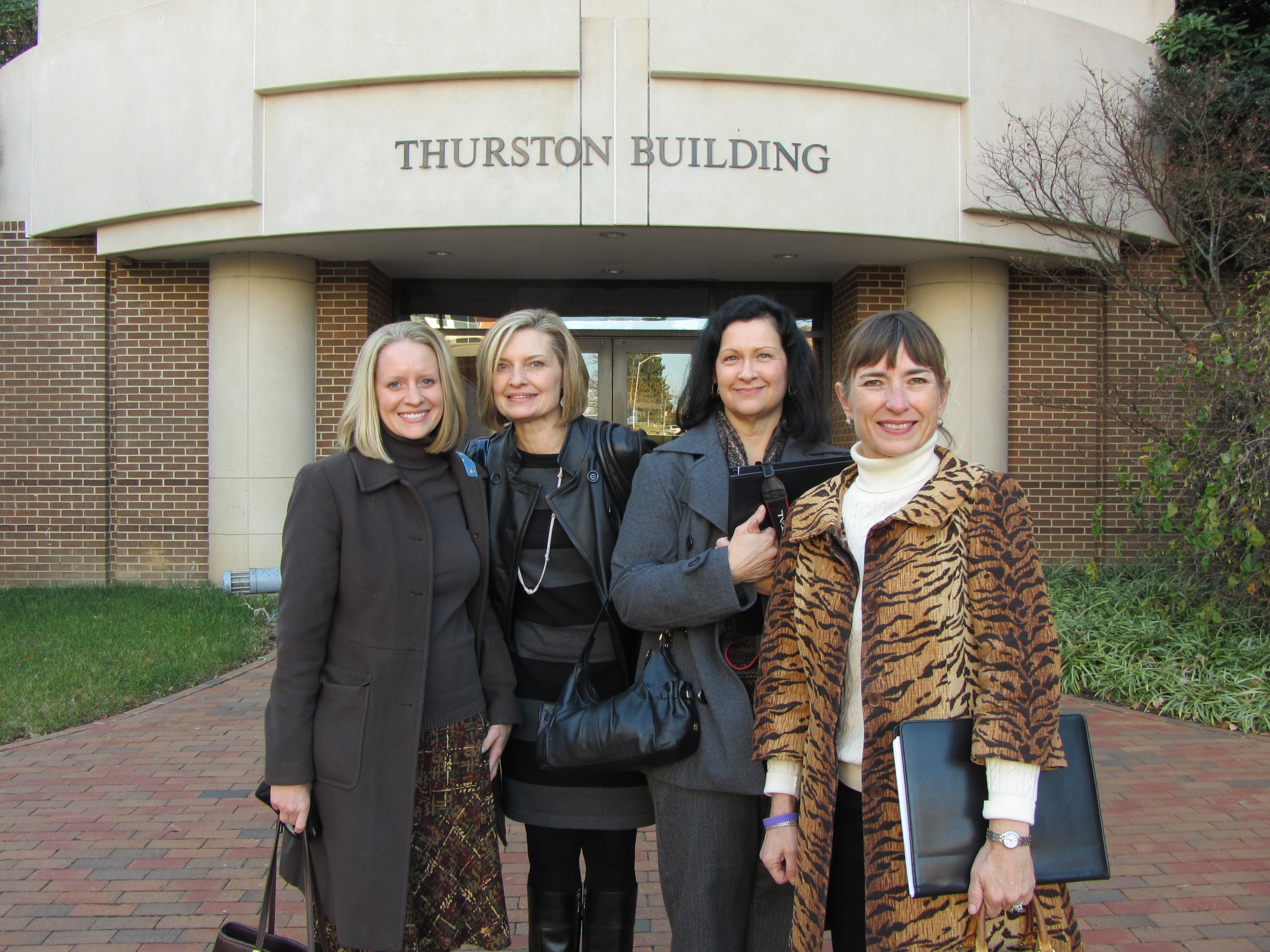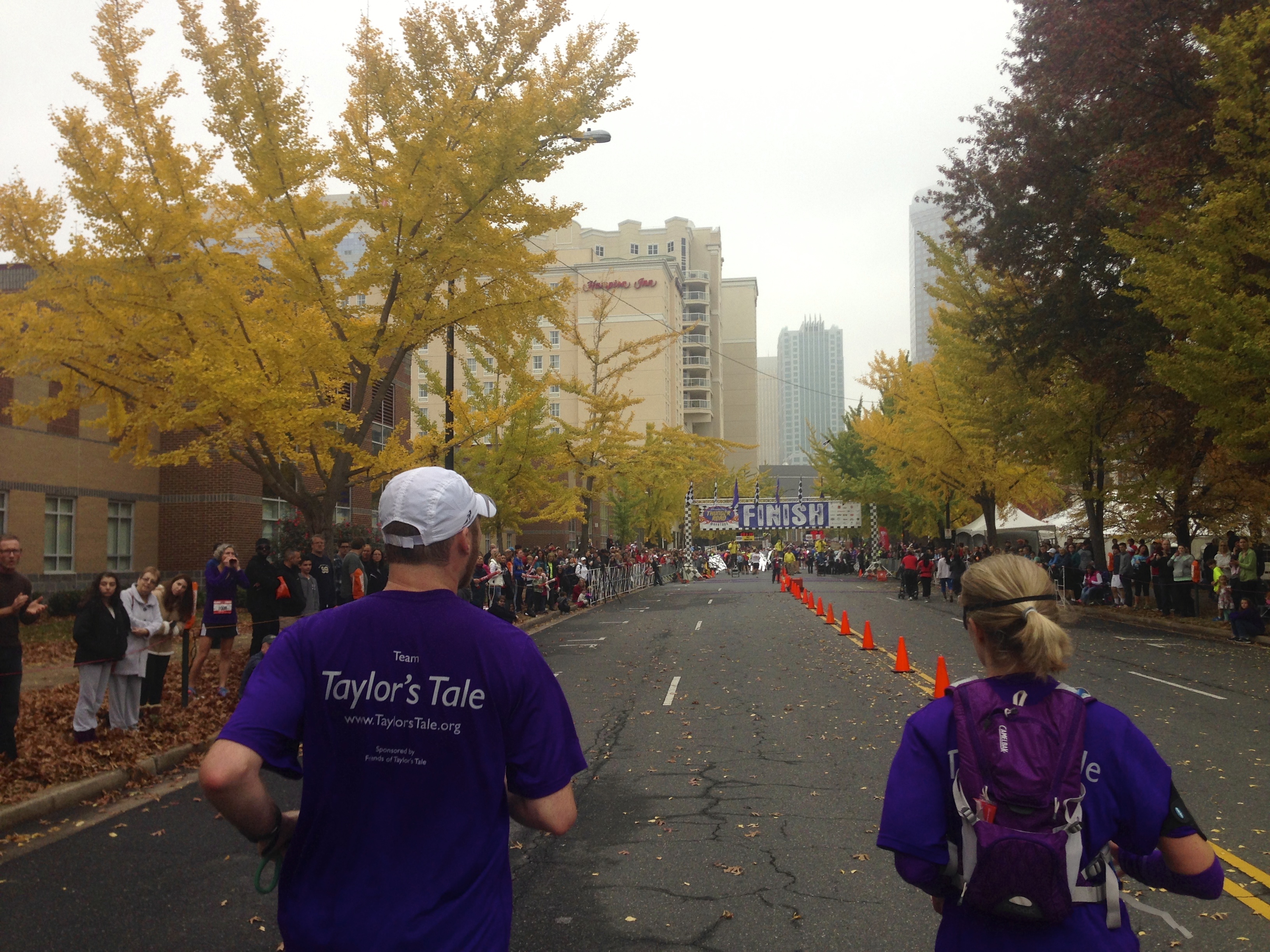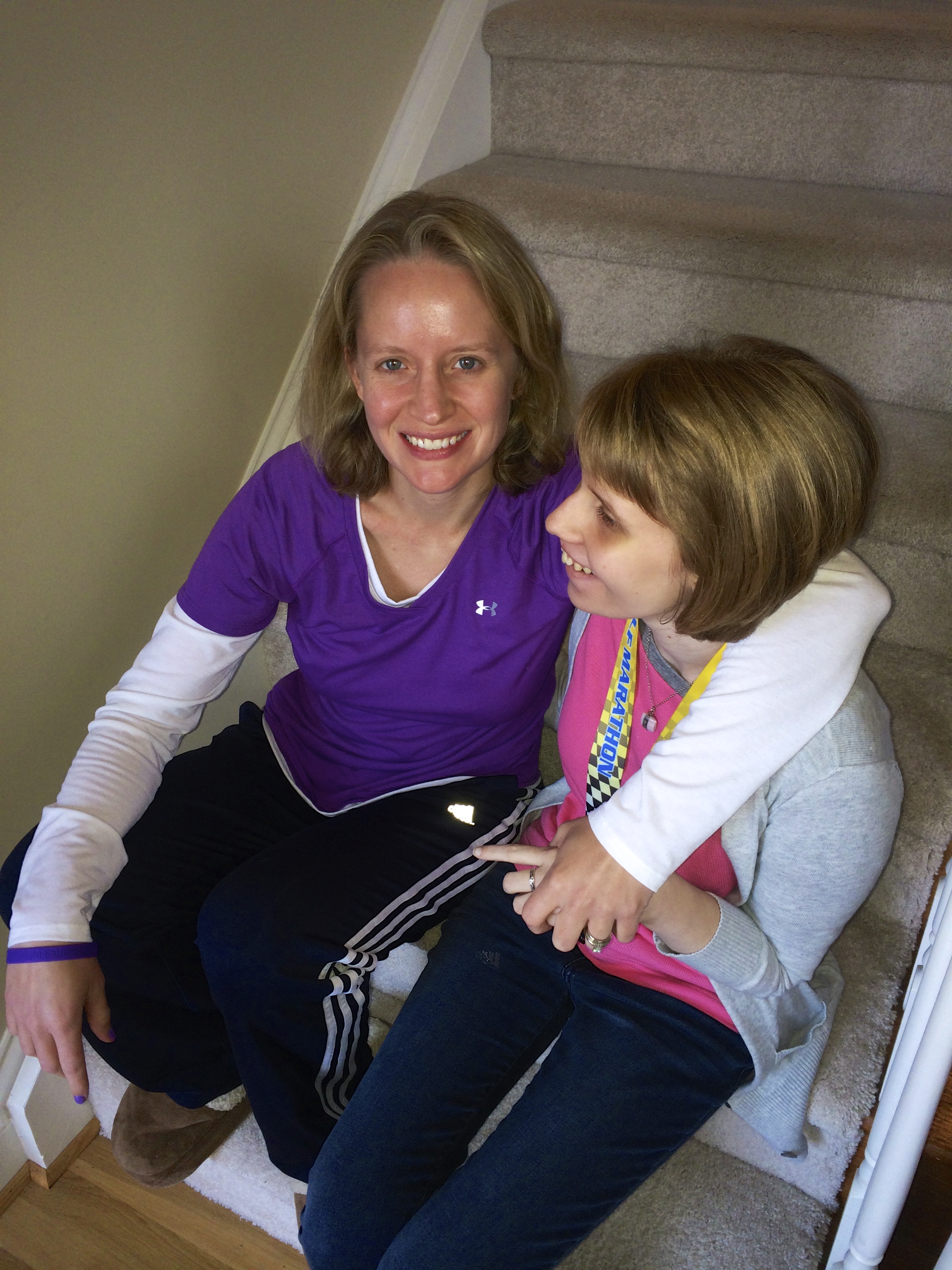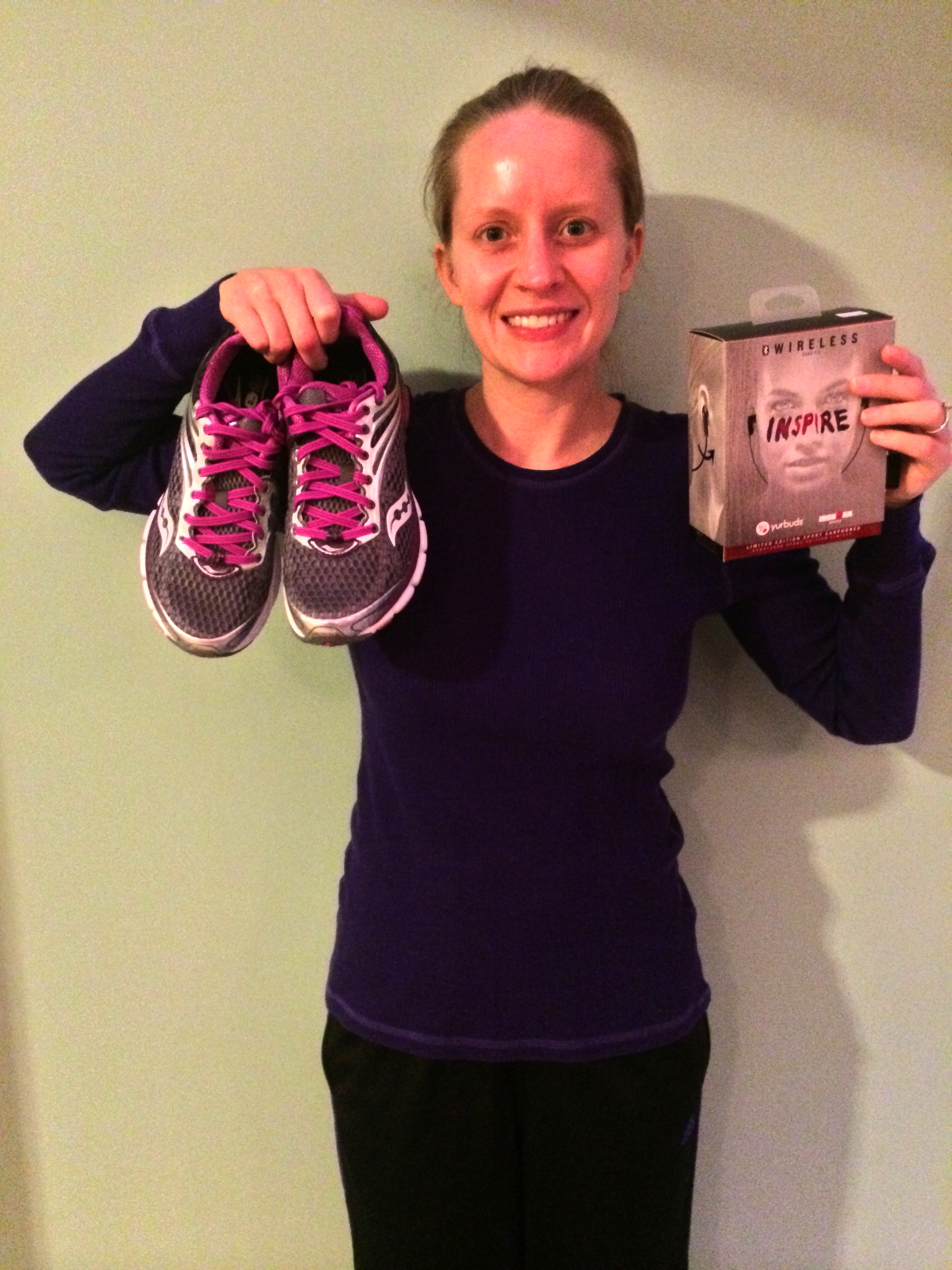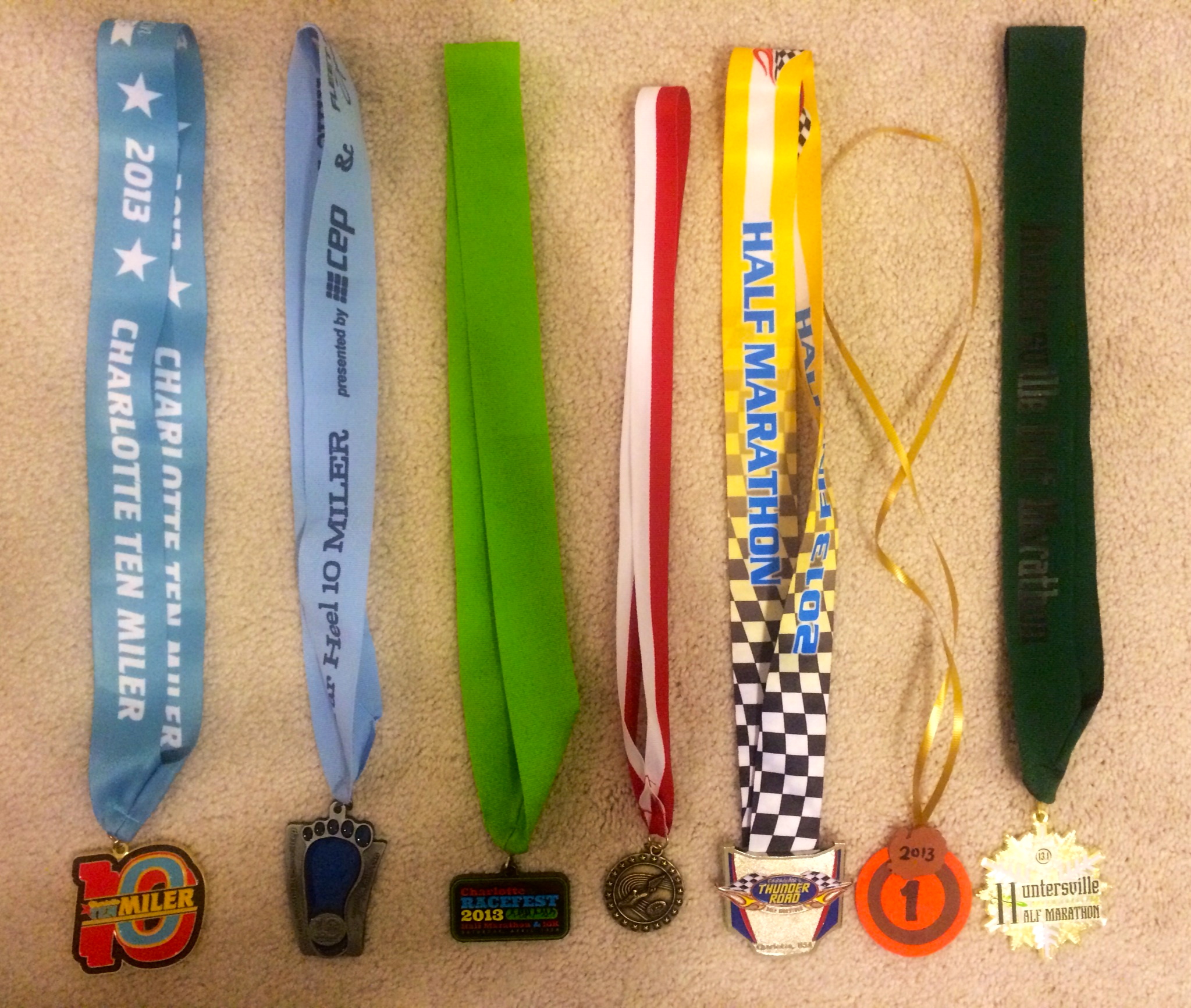Not long after we learned that my little sister has a rare disorder called Batten disease, my grandmother’s best friend, Polly Greene, opened her heart and the piano studio in her home in Raleigh, N.C. She invited her young students and their families to play music in a relaxed environment on a chilly February afternoon to honor Taylor’s brave fight and raise money for a fledgling organization called Taylor’s Tale.
The playathon Polly founded became an annual event. Her friend and co-chair, Pamela Tsai, took the effort to a local piano shop in its second year, and it’s only continued to grow. Last weekend, the sixth annual playathon brought together 19 teachers and 112 students, whose music and show of support for a peer many of them have never met attracted almost 250 guests on Super Bowl Sunday.
The kids and their teachers raised over $3,000 for our fight against Batten disease, but that’s not what I love most about the playathon. It’s the event’s soul, captured best in the reflections of those who created it and continue to stage it, year after year:
The (kids) who met (Taylor) in the past always want to know how she is doing and if they will see her this year. They understand when I say she can’t travel very well anymore, but they wish that she could. The ones who haven’t met her want to know all about her…how old she is, what she can do, would she hear them if they played? They really do seem to know who they are playing for and why. Sometimes, students will tell me that they saw someone else at their school in one of the (Taylor’s Tale) t-shirts and went and talked to them. It seems clear the playathon is more than just another activity to them.
At Hopper (Piano & Organ Company) a little girl of about 7 emptied her change purse…that likely accounts for the 55 cents (in the final amount raised). I thought that was very cute.
-Pamela Tsai
The playathon offers an opportunity for young people to use their music to give back – to reach out – to help someone else. I watched the students come into the different venues – music in hand, parents and friends by their sides, smiles on their faces – all because they are playing music and not thinking about themselves. Some are dressed to the nines and some in casual clothes, but they come, and they come willingly. They come to play for Taylor.
There must be something freeing for them to know that each note they play is for Taylor and for others like her; to know that by giving up a few minutes of their weekend, someone else might get better or at least be encouraged.
But a look at the parents’ and students’ faces also reveals a lot. At recitals, you see parents and children come in, (and you notice) some signs of stress on their faces, some worried brows over whether their child will play well and slumped shoulders of some students who know they did not practice enough. But at the playathon, parents and students come in relaxed, smiling and talking with each other, all knowing it is going to be a fun afternoon – they can play pieces they like – they can use their music – and they are sharing the stage with students of other teachers, all for a great cause.
It is also a window into the styles of fellow teachers – you see them as they relate to their students – how they encourage them and talk with them – how the students look to their teachers for encouragement and acceptance and a nod that they did well. This is something private piano teachers do not get to experience, because we are all teaching in our own studios; how nice it is to be able to interact with other teachers and their students. It is rare for this to happen – especially when all are there for a common cause, and it does not involve competitions or contests.
And finally – here are some pictures that stick in my mind:
The 6-year-old who is so shy, she will not speak up at school but will go up on a stage in front of strangers to play for Taylor, and the surprised look on her parents’ faces as she does so with confidence.
The 9-year-old girl who brings her own entourage of friends – all dressed in their Sunday best and acting like they are at the best music show in town.
The young girl dressed in a purple skirt with net and stars befitting the best ballerina in town and her pink cowboy boots.
The teacher whose students all come dressed in purple for Taylor – and when you look closer, most of the parents are in purple, too.
The father of a new student who has only had a few lessons – worried about how well she is doing – then seeing his beaming face as he watches her play her pieces – he knows she is doing just fine.
The look on the face of the father of a teenaged boy who goes to the stage – hat on his head, dressed in casual clothes and playing his own version of his pieces – change from interest, to pride, to a broad smile and then a shake of his head in wonderment.
The student with autism who has found a love of music but is wary of playing and anxious about going up to the piano, but he does it for Taylor – and he is proud of himself when he is done.
The store owners who graciously donate their recital halls for Taylor – and then you see them go over and put a donation into the basket.
The look on the face of Taylor’s grandfather as he sits on the front row listening to student after student play for his granddaughter.
It is an afternoon with little stress for the students – an afternoon of music – an afternoon of students supporting and encouraging each other – an afternoon of teachers sharing a musical experience with each other – an afternoon for Taylor.
-Polly Greene
Thanks to all those who attended the event and gave to Taylor’s Tale, from parents and grandparents to others who had no children playing but came to support our cause anyway. Thanks also to Hopper Piano & Organ Company, Maus Piano and Organ and Ruggero Piano for donating space for this wonderful event once again. Finally, thanks to Polly, Pamela and all of the teachers and students whose selfless love and dedication help us get closer to beating this disease each year.

